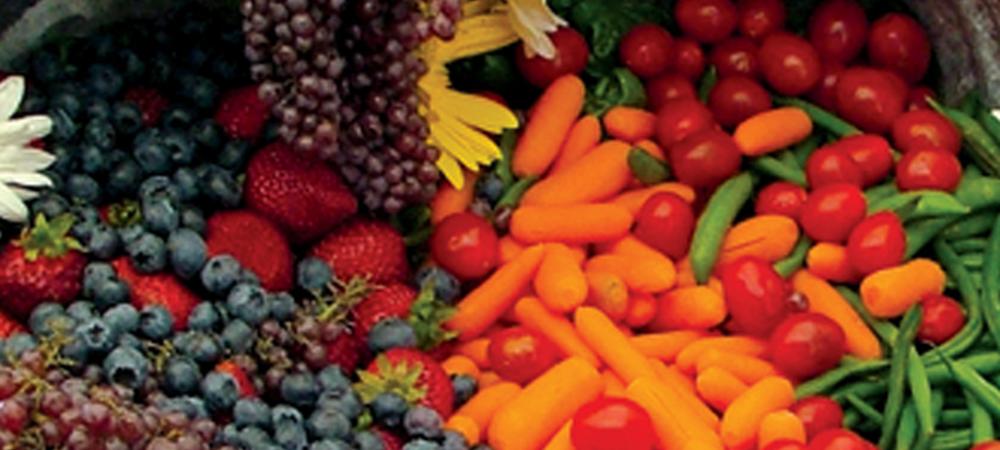
Physical inactivity and unhealthy eating are now the second leading cause of death and disease in the United States, contributing to obesity, cancer, cardiovascular disease, and Type 2 diabetes. With two-thirds of Minnesotans now overweight or obese—the highest in our history—and obesity-related health conditions projected to cost Minnesota an extra $3.7 billion by 2020 if trends continue, it is time to make a change.
While individual choice plays a role, national research shows that comprehensive changes in a food environment can increase healthy eating for a whole community.
The Morris Healthy Eating Initiative Team Asks, “What if…?”:
…a colorful, delicious array of fresh fruits and vegetables were easily accessible each school day?
…nutrient dense whole foods were as affordable as high calorie, highly processed foods?
…the rate of obesity and nutrition-related diseases was dropping instead of escalating?
…the healthy choice was the easy choice?
The goal of the Morris Healthy Eating initiative is to turn these “what ifs…” into reality in our community—on campus, in Morris, and in Stevens County.
Are You In Need of Food Resources?
Food Bags
There are food bags already assembled and available in UMN Morris campus offices. The bags include enough shelf-stable food items to last for several days. They are available in the following locations:
- Student Center, 24-hour lounge, main floor
- Multi-Ethnic Resource Center, student lounge, main floor
- Public Safety, Behmler Hall 6
- Office of Residential Life, Gay Hall
- Student Counseling, Behmler Hall 235
- Summit Scholars - TRIO Student Support Services, HFA 123
+
Our Vision
Fresh fruits and vegetables and other healthy foods are the easy choice at the University of Minnesota, Morris, within greater Morris, and in Stevens County for people of all ages and incomes for every meal every day.
Residents and visitors to our prairie community are making good choices from an increasing abundance of affordable healthy foods in home cooked meals sourced from campus and community gardens, farmers markets, and local farms and grocers; at restaurants; in on-campus, school, and workplace dining and gatherings; and at community events.